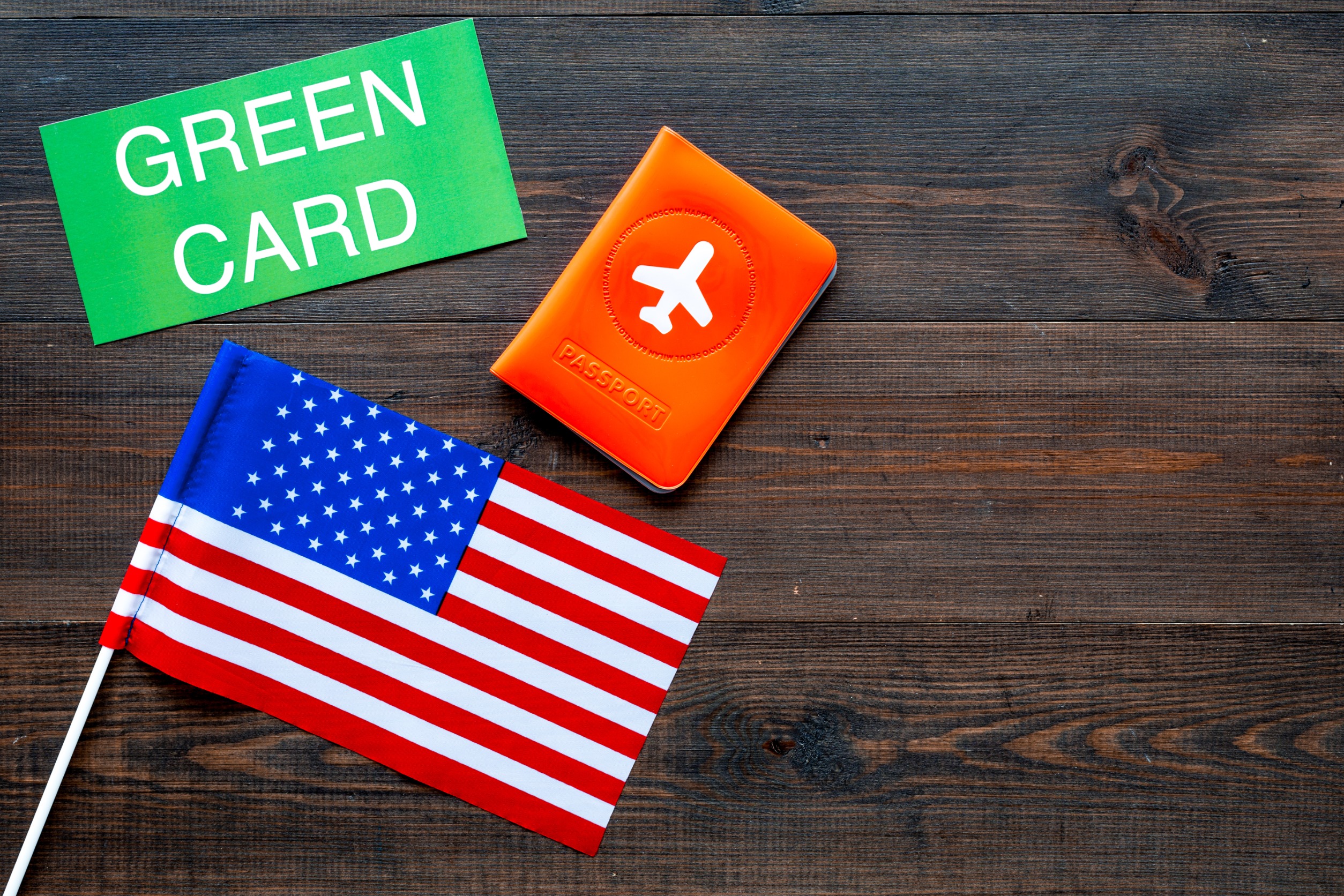
The USCIS Introduces Revised Fees for Immigration and Naturalization Benefit Requests, Marking the First Adjustment in Over Seven Years. USCIS Director Ur M. Jaddou Highlights the Update's Purpose to Better Meet Agency Needs and Ensure Timely Decisions for Applicants.
While news articles may highlight fee increases, understanding the story is crucial.
Here's a breakdown of the critical points beyond just the headline:
Annual Cost Recovery Reduction:
Fee Changes:
Rationale Behind the Changes
Impact on Applicants
Understanding the broader context and rationale behind the fee rule allows you to make informed decisions and navigate the immigration process more effectively. Always refer to official government websites for the latest and most accurate information. The final rule, effective from April 1, 2024,
Are all immigration fees increasing?
No, while some fees are rising, others are decreasing, and the overall agency cost recovery target has decreased by $727 million. This suggests a focus on efficiency in USCIS operations.
Which application types will see the most significant fee hikes?
Categories like H-1B and L-1 visas, naturalisation applications, and I-9 forms face increases ranging from 10% to 83%. However, specific details vary, so research your intended application carefully.
Are there any fee reductions?
Yes, specific asylum applications and humanitarian petitions will see fee reductions, making these essential services more accessible.
Are there any new fees introduced?
New fees apply to specific services like premium processing options and biometric data collection.
How will this impact me as an applicant?
Prepare for potential cost increases based on your application type. Thoroughly research specific fees and explore any available waivers or exemptions. Consider consulting an immigration attorney for personalised guidance.
Does this mean processing times will improve?
While USCIS aims to use increased revenue for efficiency improvements, predicting processing time changes is difficult. Monitor official updates and consider using premium processing options (subject to new fees) if expedited service is crucial